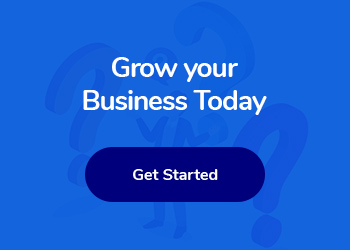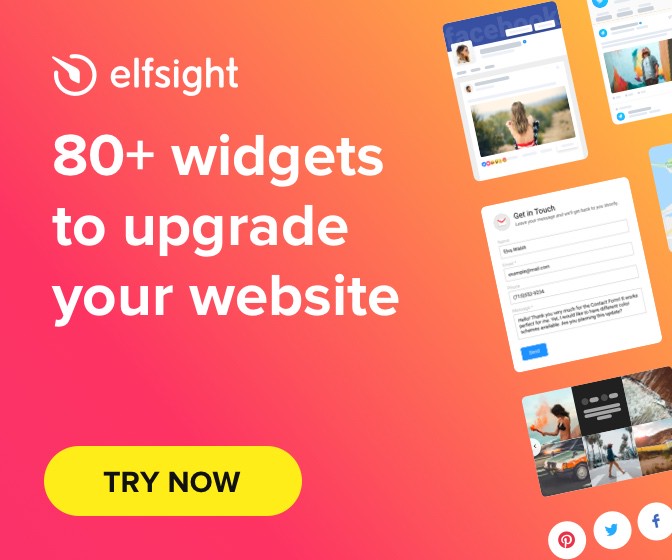What is Zipping Marketing? Best Guide
Are you tired of marketing tactics that seem to drag on forever, leaving your audience feeling bored and uninterested?
Well, it’s time to shake things up with a revolutionary approach known as Zipping Marketing! In this fast-paced digital world, attention spans are shorter than ever. That’s where Zipping Marketing comes in a dynamic strategy designed to captivate your target market in the blink of an eye.
If you’re ready to learn all about this game-changing technique and how it can turbocharge your business growth, then keep reading because we’ve got the ultimate guide right here for you. Get ready to zip through the marketing noise and make a lasting impact like never before!
What is Zipping Marketing?
Picture this: You’re scrolling through your social media feed, bombarded with a never-ending stream of posts and advertisements. Your attention flits from one thing to another, barely registering any lasting impression. Sound familiar? That’s where Zipping Marketing comes into play.
Zipping Marketing is a revolutionary concept that recognizes the limited attention span of today’s consumers. It focuses on capturing their interest in a quick and impactful way, leaving them wanting more. This strategy involves creating concise and compelling content that grabs attention within seconds.
One key aspect of Zipping Marketing is brevity. Long-winded explanations won’t cut it here – you need to distill your message down to its essence and deliver it swiftly. Whether through eye-catching visuals or snappy taglines, the goal is to hook your audience right from the start.
Another crucial element of Zipping Marketing is relevance. By understanding your target market inside out, you can tailor your messages specifically to their wants and needs. Personalization is key; generic marketing just won’t cut anymore.
Incorporating storytelling into your marketing efforts is also an effective technique in zipping marketing strategies.
What are the benefits of Zipping Marketing?
Zipping Marketing offers a multitude of benefits that can greatly enhance your marketing efforts. One of the main advantages is its ability to target specific audiences with precision. By segmenting your customer base and tailoring your messages accordingly, you can ensure that each campaign reaches the right people at the right time.
Another benefit is its cost-effectiveness. Traditional marketing methods often require hefty budgets, but with Zipping Marketing, you can achieve significant results on a smaller budget. This makes it an ideal choice for small businesses or startups looking to maximize their ROI.
In addition to cost savings, Zipping Marketing also provides real-time data and analytics that allow you to track and measure the success of your campaigns. This valuable insight enables you to make informed decisions and optimize future strategies based on performance metrics.
Furthermore, Zipping Marketing fosters greater engagement and interaction with your audience. Through personalized messaging and targeted content, you can create meaningful connections with customers, ultimately leading to increased brand loyalty and customer satisfaction.
Zipping Marketing allows for flexibility and adaptability in your marketing efforts. With the ability to quickly modify campaigns based on feedback or market changes, you have greater control over your messaging strategy.
Incorporating Zipping Marketing into your overall marketing strategy has numerous benefits ranging from improved targeting capabilities and cost-effectiveness to enhanced engagement opportunities with customers.
How to get started with Zipping Marketing
Getting started with Zipping Marketing can seem overwhelming, but with the right approach and mindset, you’ll be well on your way to success. Here are some steps to help you get started:
1. Define your goals: Before diving into Zipping Marketing, it’s important to have a clear understanding of what you want to achieve. Whether it’s increasing brand awareness, driving traffic to your website, or generating leads, having specific goals will guide your marketing efforts.
2. Know your target audience: Understanding who your ideal customers are is crucial for effective Zipping Marketing. Conduct market research and create buyer personas that represent your target audience’s demographics, interests, and pain points.
3. Choose the right platforms: With so many social media platforms available today, it’s essential to choose the ones that align with your business objectives and where your target audience spends their time online.
4. Develop a content strategy: Content is at the heart of Zipping Marketing. Create valuable and engaging content that resonates with your audience while promoting brand awareness and driving conversions.
5. Monitor performance: Regularly track and analyze key metrics such as engagement rates, click-through rates (CTR), conversion rates, etc., using analytics tools like Google Analytics or social media platform insights.
6. Stay updated on industry trends: The digital landscape is constantly evolving; staying informed about new trends in Zipping Marketing will help you stay ahead of the competition.
Remember that getting started with Zipping Marketing requires patience and continuous learning. Experimentation is key – don’t be afraid to try new strategies or adjust existing ones based on data-driven insights.
What are the best practices for Zipping Marketing?

When it comes to implementing zipping marketing strategies, there are a few best practices that can help you make the most of this innovative approach. Here are some tips to keep in mind:
1. Define your target audience: Before diving into zipping marketing, it’s crucial to have a clear understanding of who your target audience is. This will allow you to tailor your messaging and content specifically for them.
2. Create compelling content: To grab the attention of consumers, your content needs to be engaging and valuable. Be sure to create high-quality videos, images, or other forms of media that resonate with your target audience.
3. Optimize for mobile: With an increasing number of people accessing information on their smartphones or tablets, optimizing your zipping marketing campaigns for mobile devices is essential. Ensure that all aspects of your campaign are mobile-friendly and easy to navigate.
4. Utilize social media platforms: Social media platforms provide an excellent opportunity for reaching a wide range of potential customers quickly and effectively. Make use of hashtags relevant to your industry or campaign theme to increase visibility and engagement.
5. Monitor and analyze results: It’s important to regularly track your zipping marketing efforts’ performance. Use analytics tools like Google Analytics or social media insights to measure key metrics such as reach, engagement, conversions, and ROI.
By following these best practices, you’ll be well on your way toward executing successful zipping marketing campaigns that captivate audiences and drive desired actions.
Case studies of businesses that have used Zipping Marketing successfully
Case studies provide real-life examples of how businesses have successfully implemented zipping marketing strategies, giving us valuable insights into their effectiveness. Let’s take a closer look at some noteworthy case studies that demonstrate the power of zipping marketing.
One such example is Company A, an e-commerce retailer specializing in fashion accessories. They used zipping marketing to drive customer engagement and increase sales. By creating personalized emails and targeted social media campaigns for each stage of the customer journey, they were able to deliver relevant content that resonated with their audience. This resulted in higher open rates, click-through rates, and ultimately more conversions.
Another case study involves Company B, a software-as-a-service (SaaS) provider targeting small businesses. They utilized zipping marketing techniques by offering free trials and demos tailored to specific industries or business needs. By segmenting their leads based on interests and providing them with highly relevant content during the trial period, they saw a significant increase in conversion rates and customer retention.
Let’s look at Company C, a local restaurant looking to attract new customers. They implemented zipping marketing by partnering with influencers within their community who had large followings on social media platforms like Instagram. These influencers created a buzz around the restaurant by sharing enticing photos of their meals along with exclusive discount codes for followers. This not only drove foot traffic but also generated user-generated content and positive word-of-mouth recommendations.
These case studies highlight how businesses can leverage zipping marketing strategies to achieve their goals – whether it’s driving sales, increasing brand awareness, or fostering customer loyalty. The key takeaway is that personalization, relevance, and targeted messaging are crucial components of successful zipping marketing campaigns.
Alternatives to Zipping Marketing
While Zipping Marketing may offer numerous benefits, it’s always good to have alternatives in your marketing strategy toolkit. Here are a few alternatives that you can consider:
1. Influencer Marketing: Collaborating with influencers who have a strong following in your target market can be an effective way to reach and engage potential customers.
2. Content Marketing: Creating valuable and relevant content that educates and entertains your audience is a powerful alternative to zipping marketing. By providing valuable information, you can build trust and establish yourself as an authority in your industry.
3. Social Media Advertising: With the popularity of social media platforms, advertising on these channels can help increase brand awareness and drive targeted traffic to your website or landing pages.
4. Email Marketing: Building an email list and sending personalized emails to subscribers is another effective approach for nurturing leads and driving conversions.
5. Search Engine Optimization (SEO): Optimizing your website for search engines helps improve organic visibility, attract more qualified traffic, and enhance overall online presence.
6. Pay-Per-Click (PPC) Advertising: Running PPC campaigns on platforms like Google Ads or Facebook Ads allows you to target specific keywords or demographics and pay only when someone clicks on your ad.
Remember, there isn’t a one-size-fits-all solution for marketing strategies. It’s important to analyze your goals, target audience, budget, and resources before deciding which alternative(s) will work best for your business.
For more visit our site: Afzaal Blogger








Write a Comment